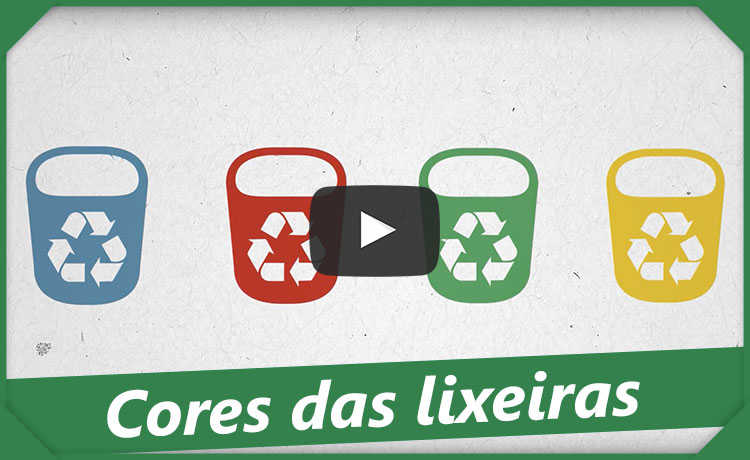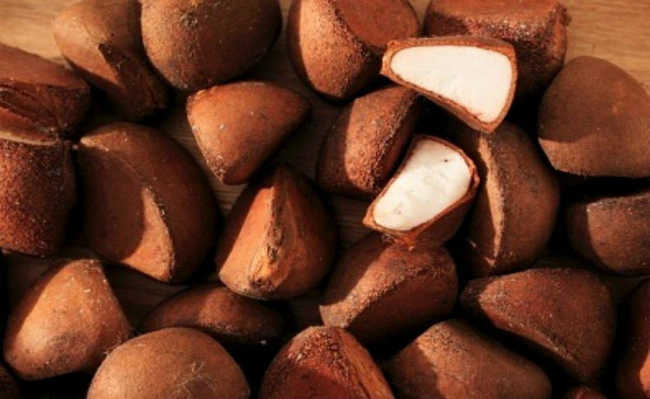What is cellulose?
Cellulose is the most abundant structure in vegetables and is widely used as a raw material in everyday products

Edited and resized image by David Clode is available on Unsplash
Cellulose is the main structural cell mass of plants. Formed by glucose monomers linked together, it was discovered in 1838 by the French chemist Anselme Payen, who determined its chemical formula. Cellulose is an important raw material for industries, which extract it from various vegetables, such as eucalyptus, pine, cotton, bamboo, among others.
- What is eucalyptus for?
- Organic cotton: what it is and its advantages
where is present
Cellulose is one of the most common materials in everyday life. It serves as a raw material for various types of paper, disposable diapers, tissues, toilet paper, absorbents, pill filling, emulsifiers, thickeners and stabilizers for industrialized foods (such as hamburgers and grated cheese), adhesives, biofuels, building materials and so on.
In food consumed in nature like leaves and vegetables, cellulose plays an important role in the formation of fecal cake, helping the functioning of the human digestive system.
- What are fresh, processed and ultra-processed foods
Research from the University of Virginia School of Medicine has revealed how plants create the load-bearing structures that allow them to grow. They weave the cellulose chains into cable-like structures called "microfibrils". These microfibrils provide crucial support to the cell walls of land plants and allow them to increase the pressure within their cells. This pressure allows the plants to grow skyward.
How is it processed
Cellulose is naturally produced by different types of vegetables and undergoes a series of processes to be used by industry. These processes are divided into forestry, wood preparation, pulp production, drying and finishing stages. Check out the specifics of each phase:
forest stage
The pulp production process begins with the planting of vegetable seeds, which serve as a source of pulp.
wood preparation
After cutting these grown vegetables, the logs are sent to factories, where they are debarked and taken to chippers to be transformed into chips, which are small pieces of wood.
Obtaining cellulose
The chips are transported to the digesters, where cooking or pulping begins. Pulping serves to soften the wood and facilitate defibration and delignification - which consists in separating the lignin - responsible for the color and strength of the wood fibers.
After the lignin is separated, a washing and sieving operation is carried out to remove impurities, which will be reused in the process.
After sieving, the pulp is subjected to a bleaching process, which consists of treating the pulp with certain chemical reagents in order to improve its whiteness, cleanliness and chemical purity. The more efficient the delignification process, the lesser the need for bleaching reagents. Bleaching can be done by two main methods: acid or sulphite method and alkaline or kraft method, which is the most used in Brazil. In the case of the process standard, the sequence used for bleaching starts with chlorine gas (or elemental chlorine).
Drying
Finally, after bleaching, the pulp is sent for drying. The objective is to remove the water from the cellulose until it reaches the equilibrium point with the relative humidity of the environment. At the end of the dryer machine is the cutter, which reduces the continuous sheet to a specific format.
Environmental impacts
The pulp preparation stages that cause the most environmental impacts are the forestry stage, bleaching and waste disposal.
In the Brazilian case, the raw material for cellulose comes from planted tree farms. In Scandinavian countries and Canada, it is obtained from state-owned native forests, which represents a significant problem of deforestation of native forest, mainly because native species are slow growing. On the other hand, in the case of planted trees, the environmental impacts are mainly related to the loss of biodiversity (both flora and fauna), caused by monoculture, soil exhaustion, pest invasion and contamination of water resources, due to to the use of pesticides.
The pulp bleaching stage appears frequently in discussions about environmental preservation. The presence of chlorine and organic substances, including lignin, represents the majority in the bleaching effluent and contributes to the formation of organochlorine compounds - substances with a significant environmental impact. To learn more about this topic, check out the article "What are organochlorines?".
The great difficulty of the process standard (explained in the cellulose preparation step) is that the presence of these organochlorines, chlorides and the low solids content in the effluent make it unsuitable for sending to the recovery cycle, thus making it necessary to treat the liquid effluents at the end of the production circuit.
In the case of eucalyptus monocultures (a species widely used by the cellulose industry, mainly because of its rapid development), another environmental impact often mentioned is the high consumption of water by trees and its impacts on soil moisture, rivers and groundwater .
Eucalyptus can cause soil dryness when using the water reserves contained in it, and in this case, it can also harm the growth of other species, a result of the so-called “allelopathy”.
On the other hand, an article published by Revista do BNDES states that, despite having a high water consumption, this does not necessarily mean that eucalyptus dries up the soil in the region where it is located, or that it impacts the groundwater. This is because, according to the article, the dryness of the soil in eucalyptus forests depends not only on the consumption of water by plants, but also on rainfall in the growing region.
environmental advantages
In deforested and impoverished soils, the deposition of organic residues from the manufacture of pulp and paper has some beneficial effects such as an increase in pH with a consequent increase in the availability of certain nutrients, notably phosphorus and micronutrients; increased soil cation exchange capacity; incorporation of mineral nutrients needed by trees; improvement of physical properties such as particle size, water holding capacity and soil density; increased soil biological activity, accelerating litter decomposition and nutrient cycling. The soils used in Brazilian reforestation, with rare exceptions, are of low fertility, even for forestry activities. Correction of these soils is necessary to improve fertility and a high level of organic matter increases the availability of mineral nutrients and the soil's water and cation retention capacity. However, it is noteworthy that this case only applies to previously impoverished soils.
Another advantage is that planting monocultures in previously deforested areas helps to capture CO2 during vegetation growth, mainly because, as Fernando Reinach points out in an article published by the Estado de S. Paulo newspaper, most of the CO2 capture by plants gives in its growing phase. In adulthood there is no capture of CO2 that is not released again during the night period. However, it is noteworthy that this advantage only brings benefits when the area where the planting in question will be carried out is already in a state of deterioration and deforested; and that, after cutting trees to obtain cellulose, the carbon fixed in the trees tends to return to the atmosphere.
Compared to exotic species (which are not native to Brazilian biomes), such as eucalyptus - planted as a monoculture - native and agroecologically planted vegetables are always more advantageous in terms of environmental gains - for example, stimulating biodiversity itself .
Certification
Due to the potential environmental impact of the (forest-based) pulp production sector, there is a requirement (by consumers) to generate the lowest possible environmental impacts (negative externalities) in the production chain of products made from the cellulose .
- What are positive and negative externalities?
Certification is a way of informing the most demanding consumers of the commitment (on the part of producers) to reduce harmful externalities to the environment (deforestation in the Amazon, disrespect for indigenous areas, etc.) within certain pre-established criteria for the certification in question.
- What is blue amazon?
- Amazon deforestation: causes and how to fight it
- Amazon forest: what it is and its characteristics
Through the logo of the certification system printed on the product packaging (as it occurs in packages of bond sheets), the consumer can know how the product was made.
The internationally accepted certification systems that exist in Brazil are the ISO 14001 standard, the CerFlor certification and the FSC certification. Each of them has its requirements specified in different ways.
The exploitation of tropical forests, associated with the extinction of species and deforestation, brought pressure for certification of forest extractivism activities as an alternative to guarantee good forest management practices. However, there are already problems related to certification. Among them are the lack of standardization in the auditing methods of the certifying bodies, the little public knowledge about certifications and the few investments in promotion by the seals.
FSC certifications applied in Brazil, especially in the ipê forests, have had their legitimacy challenged, which creates an atmosphere of doubt as to the effectiveness of the standards adopted by the certifying bodies responsible for this seal in the country. The main accusation in this case is that the parameters are too generic, with no objective indicators for measuring forest activities. The FSC website in Brazil states that "FSC certification is an internationally recognized guarantee system, which identifies, through its logo, wood and non-wood products originating from good forest management. Any enterprise linked to forest management operations and/or the productive chain of forest products, which complies with the FSC principles and criteria, can be certified".










